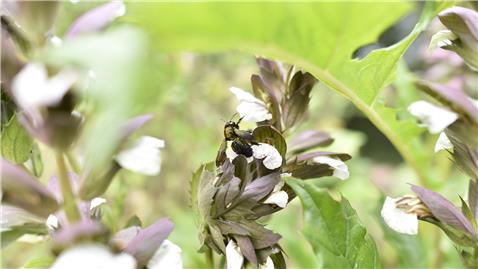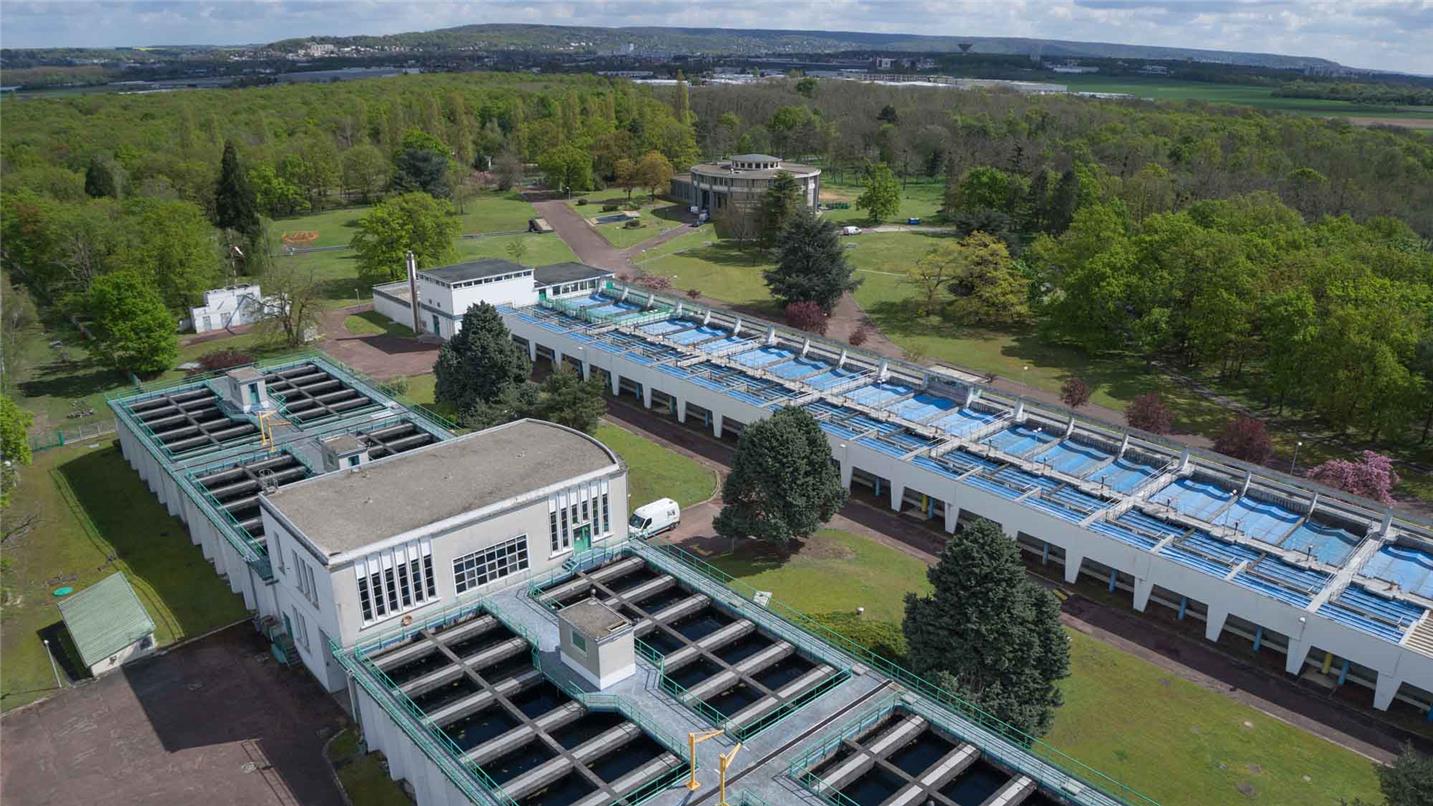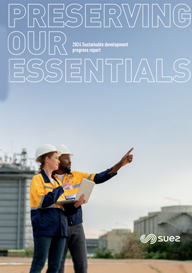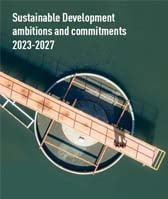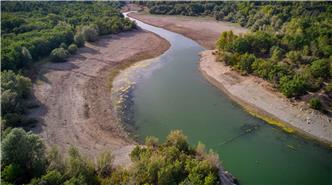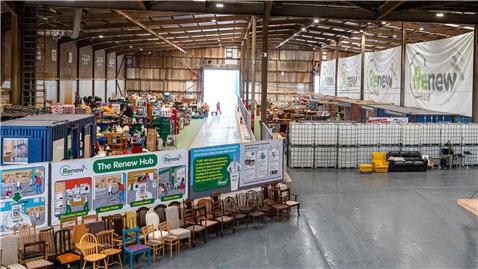
Preserve biodiversity and natural resources wherever we operate
Our "Nature" approach is based on 3 levers :
> Addressing pressures on biodiversity
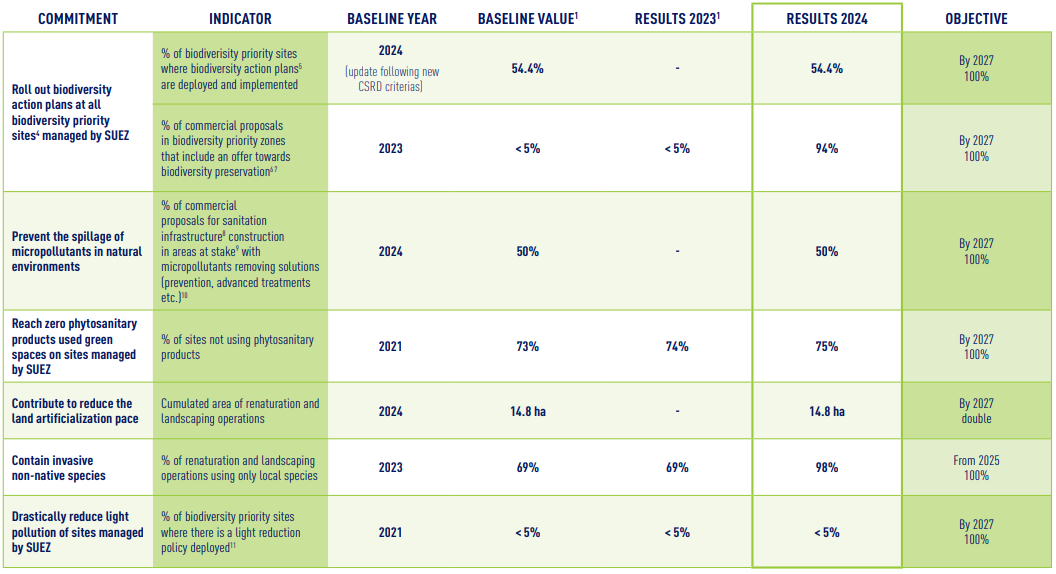
1 Redefined in accordance with CSRD accounting rules
4 SUEZ defines its biodiversity priority sites as all sites: in, crossing or bordering 1) in Europe, a Natura 2000 area (birds or habitats) and 2) in the rest of the world, IUCN 4, 5 or 6 protected areas; or with an area greater than 10 hectares; or being an open waste storage centre
5 A biodiversity action plan is specific to each site and addresses issues specific to that site in order to effectively protect biodiversity locally. It is generally designed by experts (environmental engineers or ecologists)
6 SUEZ considers that an offer relating to biodiversity preservation consists of a biodiversity assessment and an action plan
7 If and when authorised by the tender specifications
8 With a capacity exceeding 200,000 population equivalents
9 Wastewater from certain areas contains more micropollutants than others. These areas of concern will be defined by future legislation (e.g. the DERU)
10 If and when authorised by the tender specifications
11 Unless prohibited by prefectural order or contrary regulations
> Preserving resources

1 Redefined in accordance with CSRD accounting rules
12 Energy recovery included
> Growing our nature regeneration capacities

1 Redefined in accordance with CSRD accounting rules
13 At SUEZ, we consider that this KPI only concerns new and innovative solutions developed by the Group to regenerate nature that are additional to the Group's traditional solutions in the sector that protect, preserve or develop biodiversity
Our commitments are aligned with the United Nations Sustainable Development Goals
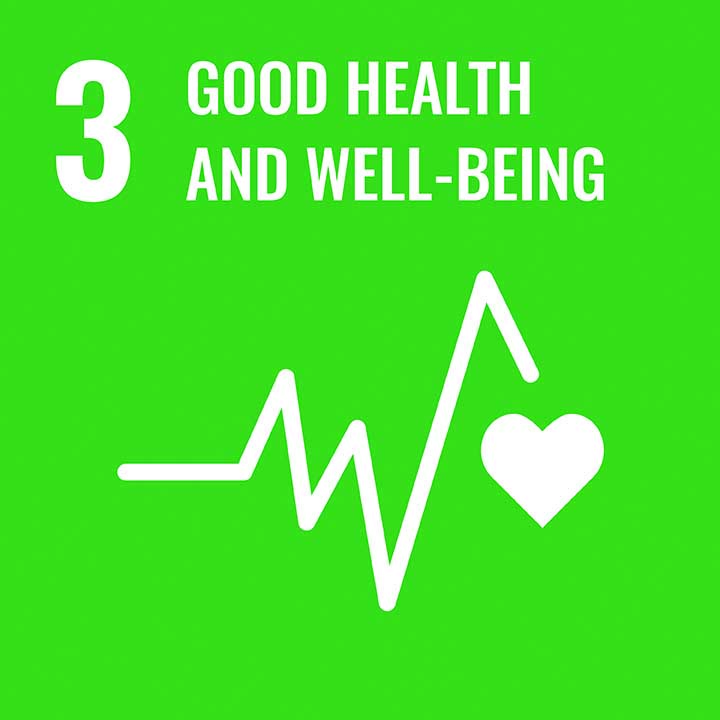
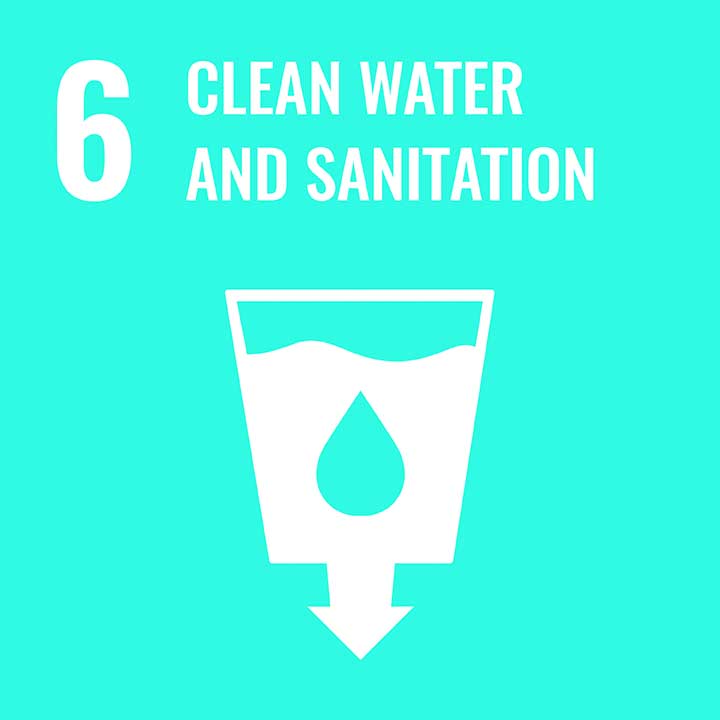
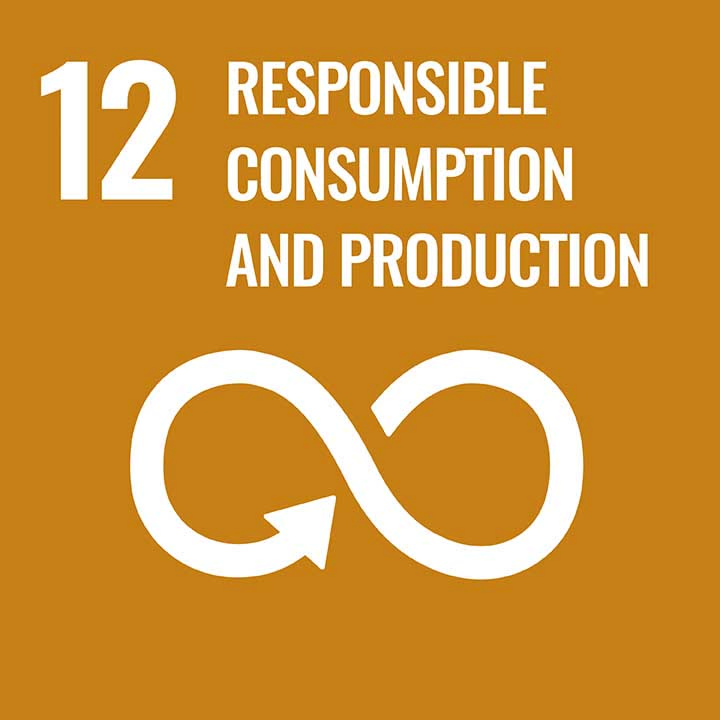
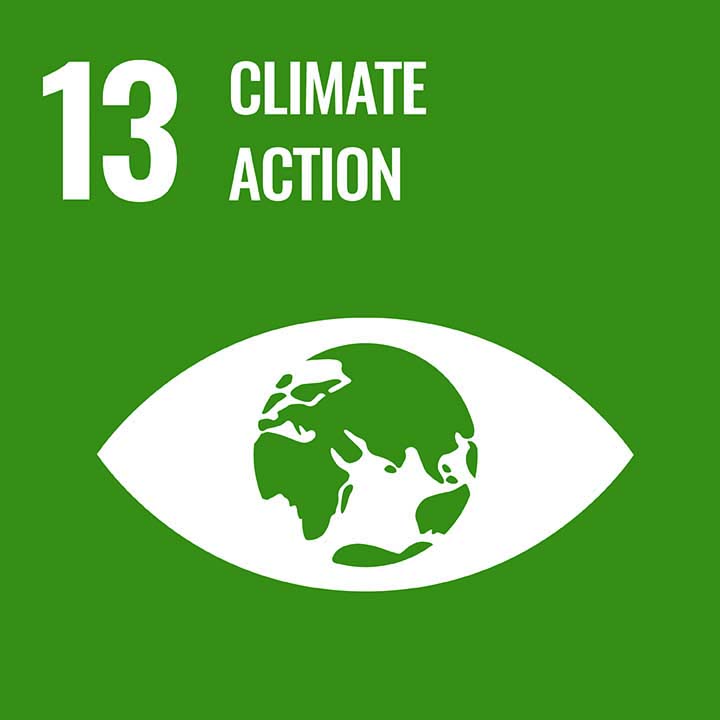
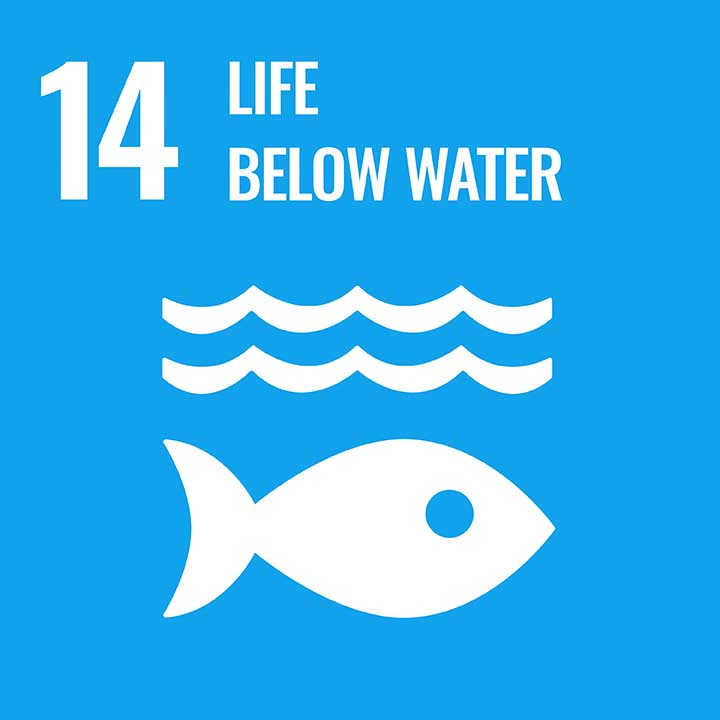
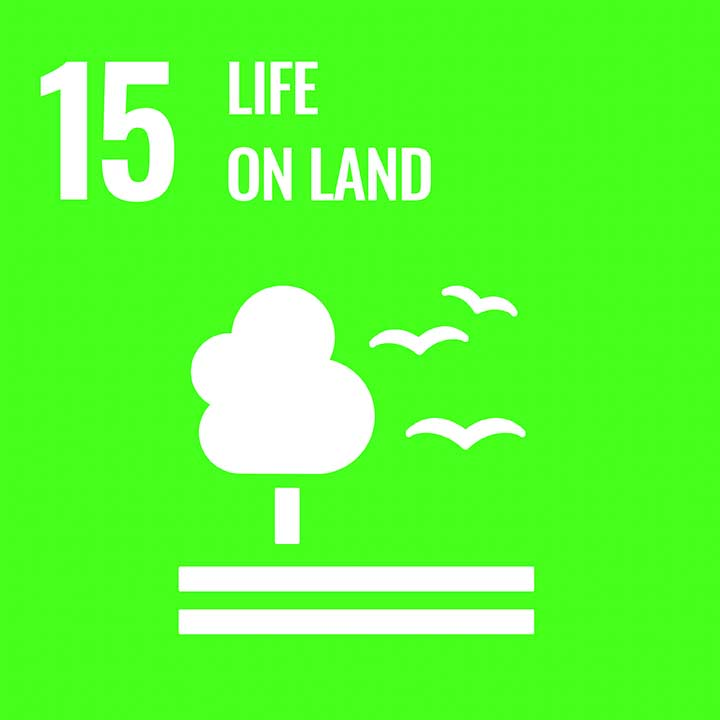
Our action for Nature

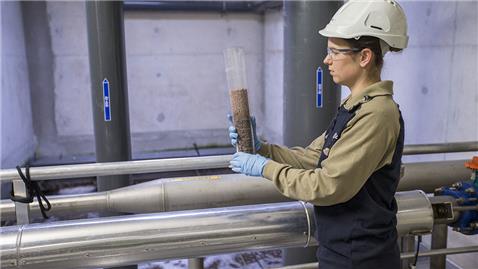
In Hillerød, Denmark, we are taking action to eliminate pharmaceutical residues from wastewater
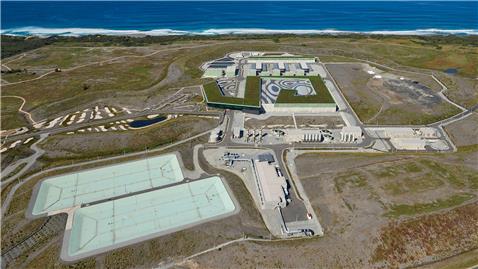
In Melbourne, Australia, we are restoring and sustaining the local ecosystem
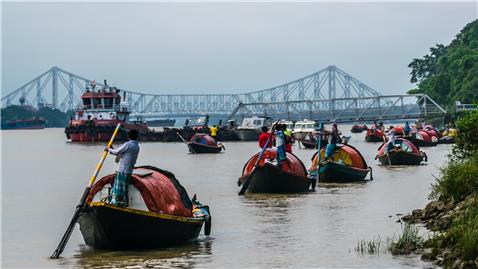
Taking action to save water while contributing to local development in Kolkata
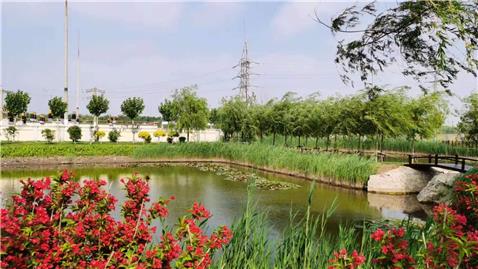
Restoring wetlands in order to create green spaces within the city of Panjin
